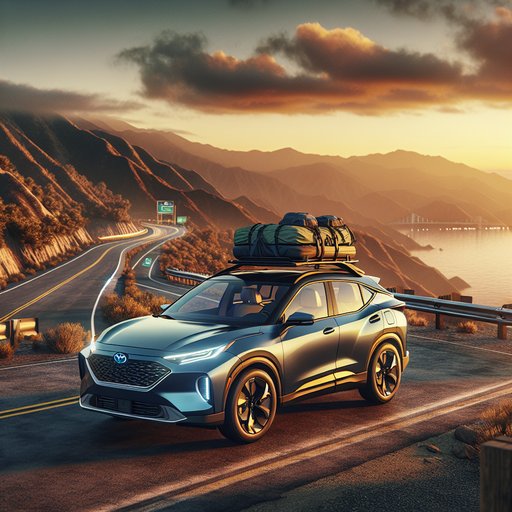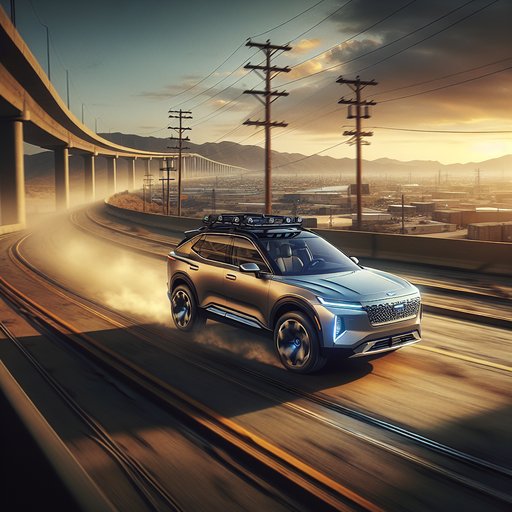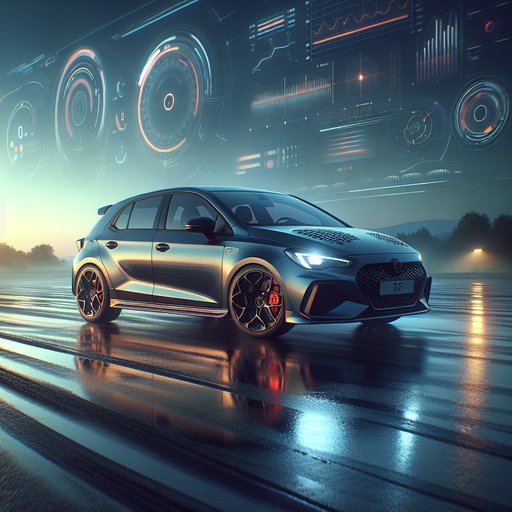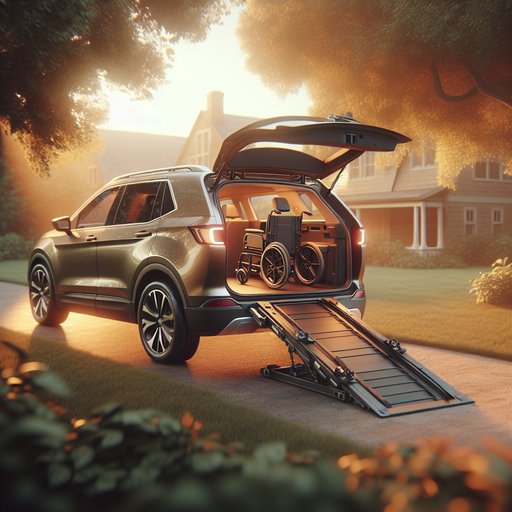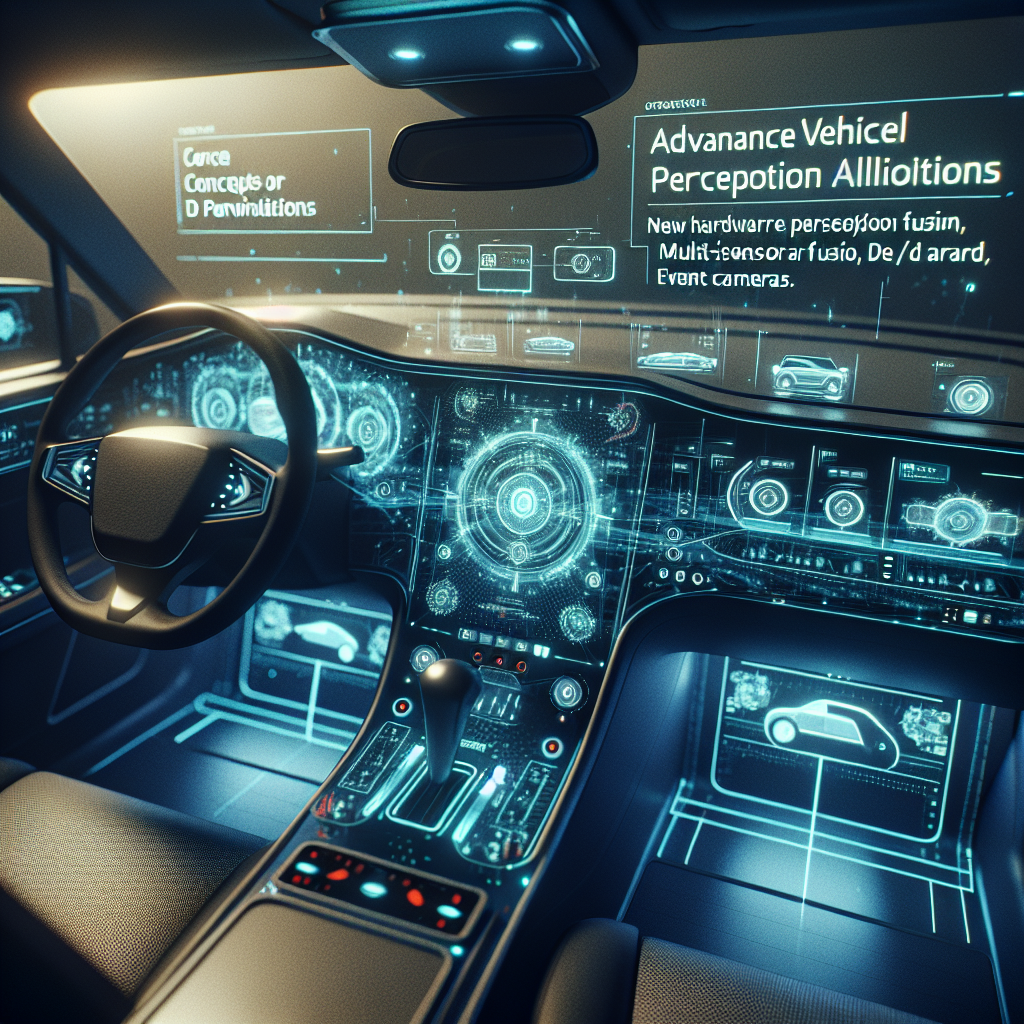
Major automotive manufacturers are making significant strides in vehicle perception technology, with recent developments focusing on enhanced driver assistance systems and software-defined capabilities. These advancements represent a growing trend toward more sophisticated autonomous features and improved safety systems across the industry.
Rivian has recently unveiled substantial improvements to its highway assist capabilities through its latest software update 2025.34. The update brings enhanced driver assistance features and improved sensor fusion capabilities for better road perception [1]. The company is also exploring new sensor technologies and architectures, as evidenced by recent patent filings that suggest advanced perception systems integration [2].
Volvo is making significant investments in software-defined vehicle architecture at its Charleston facility. The manufacturer is focusing on developing advanced perception systems that integrate multiple sensors and processing capabilities to enhance vehicle safety and autonomous features [3].
The automotive industry's shift toward more sophisticated perception systems is supported by advancements in semiconductor technology. Wolfspeed's developments in Silicon Carbide (SiC) technology are enabling more efficient and powerful processing capabilities for these advanced sensor systems [4].
- What we know about Rivian software update 2025.34 including highway assist upgrades [Update]
- Rivian patent filings hint at a deployable rear diffuser, on screen ‘gadgets,’ and new architecture
- Volvo Doubles Down on the Software-Defined Car — CleanTechnica Field Trip
- Wolfspeed’s Adam Barkley On Three Common SiC Misconceptions

